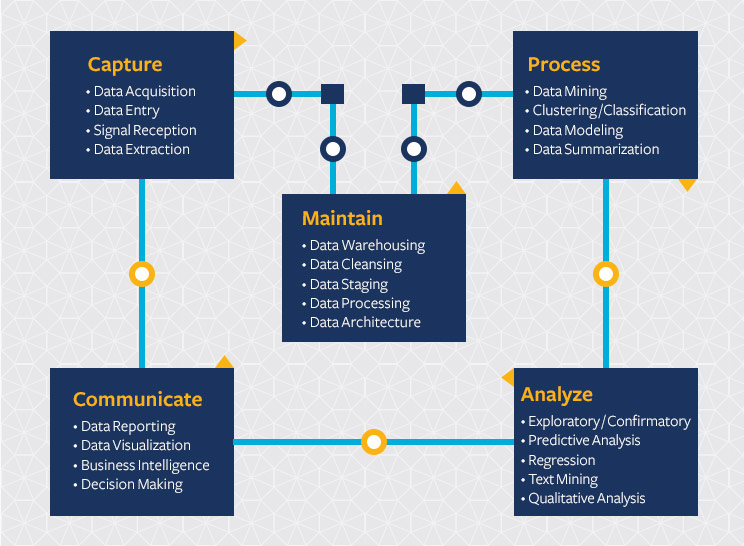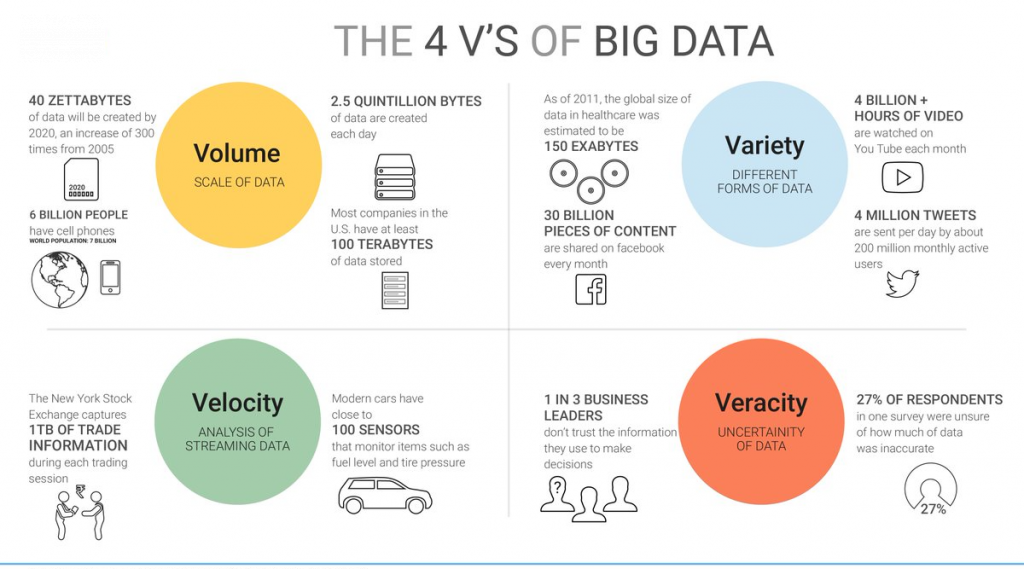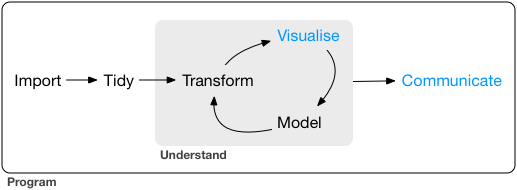- How Data Science fits into an Org
- The A-B-Cs of creating your Data Science team
- Recruiting and Hiring the Right Data Science Team
Last week we started our discussion on
– Definitions of data science
– The purpose of data science
And we will now be picking back up to continue about:
– How data science teams should integrate into the organization
– Recruiting for data science
– Team roles
Let’s begin with an exploration of the real purpose of data science in an organization.

How data science should interact with the wider org
Before we move on to all the roles in a data science team and the challenges involved in setting one up, it’s worthwhile considering how the team will interact with the rest of the organization. Simply parachuting data scientists into a company ignores the differences in culture and skills between marketing and finance teams, and these statisticians and programmers.
To get full value out of your data science team you need to consider what peripheral roles and processes are needed.
1) Transparency and a customer service culture
The danger is that data products or big data analytics will either be implemented and deliver no business benefit or will be under-utilized / under-prioritized by a business which fails to recognize their value.
Writing in Harvard Business Review, various members of McKinsey’s analytics teams say there is a need for data teams to operate in a customer service culture.
“..[think] of the business owners as customers. As any good retailer will tell you, you need to understand your customers to be successful. Have regular meetings with them to understand their needs and get feedback on the performance of the team’s models. Always ask yourself, “Who in the business will be helped by my analytics?” and “Do they agree you helped them succeed?”
Again, this all feels pretty obvious but will be integral to success. Is the business ready to accept suggestions from a data-led team? If not, what education is needed in the first instance or how can stakeholders be more involved in the effort?

2) Data-science communication
Science communication generally is a noble cause. In an article in The Guardian in 2016, Richard Holliman reports that it is an undervalued vocation. He writes that “For too long, research has shown that science communication is seen as a second-class option for academics.”
Holliman continues, adding that though science communication has improved, “There is still work to be done to ensure that excellence rather than acceptability becomes the hallmark of these activities. The introduction of new ways to discuss and publish the outputs from research, and alternative mechanisms for reward and recognition suggest that a shift in this direction is underway.”
I’m going off topic here, but there’s a corollary with how data science teamwork is translated within businesses and to the end consumer. There needs to be a surrounding network of skillful communicators.

These communicators can include:
Data visualization specialists – To make outcomes more readable and accessible.
Data strategists – In a recent interview with Econsultancy, Channel 4’s director of consumer insights Sarah Rose described this role as “the bridging point between the data science team, who work on the models that we put into our products, and the rest of the business.” Their knowledge may include some data science and some industry expertise.
Campaign experts – With knowledge of tech and marketing (could be a developer).
T-shaped leaders – The leader of the data science team must absolutely be all about data science; it’s integral they be an expert in the field. But if you can also find one with business skills, then all the better.
Idrees Kahloon, data journalist at The Economist says that “Often, the best way to present data is the simplest: people readily understand means, medians and sums. Fancier statistical models appeal to wonks, but are harder to explain to a general audience.”
Of course, Kahloon is talking about data journalism and getting a concept across to general readers, but there’s still plenty of wisdom to be applied to business communication. How do you present data science findings in a way the business can understand?
Join us again next week as we explore recruiting and build this team up.

So what do you do when all signs point to having to go to University to gain any sort of advantage? Unfortunately it’s the current state of affairs that most employers will not hire you unless you have a degree for even junior or starting jobs. Once you have that degree, coming to my Mentor Program, with 1000ml with our Patent Pending training system, the only such system in the world; is the only way to gain the practical knowledge and experience that will jump start your career.
Check out our next dates below for our upcoming seminars, labs and programs, we’d love to have you there.
